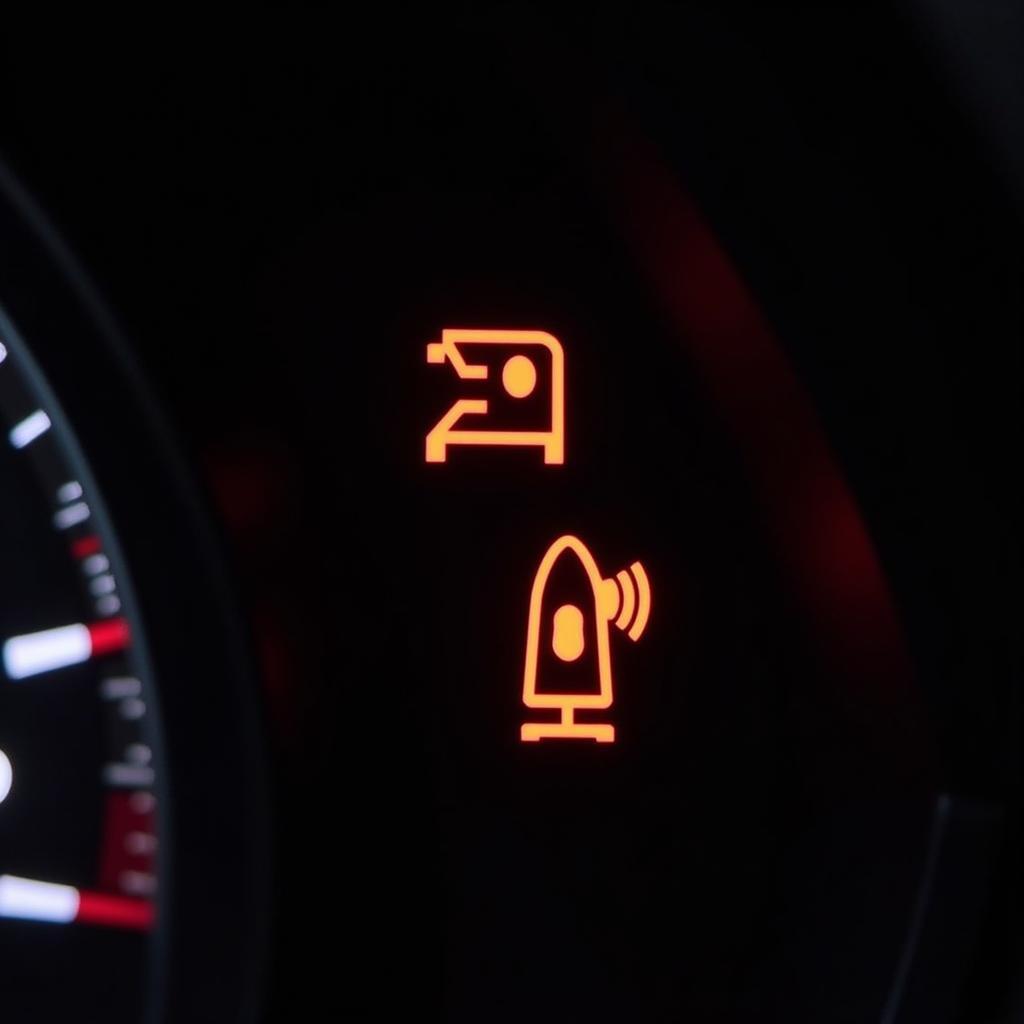Dodge Challenger battery problems can leave you stranded and frustrated. Whether it’s a dead battery, slow cranking, or flickering lights, understanding the potential causes and solutions is crucial. This guide provides a deep dive into common Challenger battery issues, offering diagnostic tips and troubleshooting advice for DIY enthusiasts and those seeking professional help.
Common Dodge Challenger Battery Problems and Their Causes
Battery issues in a Dodge Challenger can manifest in several ways, from a completely dead battery to more subtle symptoms like dimming headlights or slow cranking. A faulty battery can stem from various factors, including age, extreme temperatures, parasitic draws, and charging system malfunctions. Let’s explore some of these common problems:
- Dead Battery: The most obvious sign, a dead battery, prevents the car from starting. This can be due to leaving lights on, a faulty alternator, or simply an old battery that has reached the end of its lifespan.
- Slow Cranking: If your Challenger cranks slowly when you turn the key, it suggests a weak battery or a connection issue. Corrosion on the battery terminals can impede the flow of electricity, causing slow cranking.
- Flickering Lights: Dimming or flickering headlights, interior lights, or dashboard lights often indicate a failing battery that can’t maintain a consistent voltage.
- Clicking Sound When Starting: A rapid clicking sound when you try to start the engine usually points to a dead or severely weakened battery that can’t provide enough power to engage the starter motor.
- Electrical System Malfunctions: A failing battery can also cause various electrical gremlins, such as erratic power window operation, malfunctioning radio, or issues with the car’s computer systems.
Diagnosing Dodge Challenger Battery Problems
Diagnosing the root cause of your Challenger’s battery problems is crucial for effective repair. Here’s a step-by-step guide:
- Visual Inspection: Check the battery terminals for corrosion or loose connections. Clean any corrosion with a wire brush and baking soda solution. Tighten loose connections.
- Battery Test: Use a multimeter to check the battery voltage. A fully charged battery should read around 12.6 volts. A reading significantly lower indicates a weak or discharged battery.
- Alternator Test: The alternator charges the battery while the engine is running. A faulty alternator can lead to a discharged battery. Have the alternator tested at an auto parts store or repair shop.
- Parasitic Draw Test: A parasitic draw occurs when an electrical component continues to draw power even when the car is off. This can slowly drain the battery. Use a multimeter to measure current draw with the ignition off.
 Challenger Battery Testing
Challenger Battery Testing
Solutions for Dodge Challenger Battery Issues
Once you’ve diagnosed the problem, you can implement the appropriate solution:
- Battery Replacement: If the battery is old or faulty, replacement is the most straightforward solution.
- Alternator Repair/Replacement: A faulty alternator needs to be repaired or replaced to ensure the battery is properly charged.
- Addressing Parasitic Draw: Identify and fix the electrical component causing the parasitic draw. This might involve repairing wiring, replacing a faulty relay, or addressing issues with aftermarket accessories.
- Terminal Cleaning: Regularly cleaning the battery terminals can prevent corrosion and ensure a good connection.
Preventing Future Battery Problems
Regular maintenance can help prevent future battery problems in your Challenger:
- Regular Battery Testing: Test your battery voltage every few months, especially during extreme temperatures.
- Terminal Cleaning: Clean the battery terminals periodically to prevent corrosion.
- Limit Short Trips: Short trips don’t give the alternator enough time to fully recharge the battery.
- Turn Off Accessories: Make sure all lights and accessories are turned off when the car is parked.
What to do if your Dodge Challenger battery dies while driving?
If your battery dies while driving, the alternator has likely failed. Carefully pull over to a safe location and seek roadside assistance.
How often should I replace my Dodge Challenger’s battery?
Car batteries typically last 3-5 years. Factors like climate and driving habits can affect battery lifespan.
Can a bad battery cause other problems in my Dodge Challenger?
Yes, a failing battery can cause various electrical problems and even damage other components.
How can I jump-start my Dodge Challenger?
Use jumper cables to connect your Challenger’s battery to another car’s battery, following the correct procedure.
What is a parasitic draw, and how can I detect it?
A parasitic draw is a constant drain on the battery even when the car is off. Use a multimeter to measure current draw with the ignition off to detect it. If you have a 2006 Mustang, you might wonder, is a 2006 mustang have anti-theft system?
Where can I get my Dodge Challenger’s battery tested?
Most auto parts stores offer free battery testing.
In conclusion, understanding Dodge Challenger battery problems is crucial for maintaining your vehicle’s reliability. By following the diagnostic tips and solutions outlined in this guide, you can address battery issues effectively and prevent future problems. Regular maintenance and prompt attention to warning signs can keep your Challenger running smoothly for years to come.


